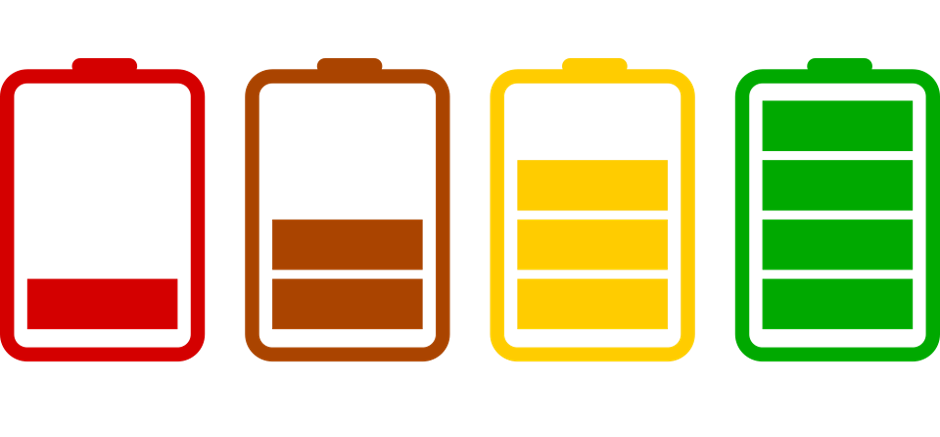- Client: EC - DG Energy
- Implementation period: May, 2019 - March, 2020 (Completed)
- Geographic coverage: European Union
- Theme: Energy
- Topic:
- Experts: Koen Rademaekers, Luc van Nuffel, João Gorenstein Dedecca, Frank Gérard
What are Europe’s electricity storage needs by 2050, and how to achieve it?
The need for flexibility in the energy system will increase in the decades to come in all European Member States due to the deployment of renewable energy. Electricity storage will become an important building block of the EU energy system, providing this much required flexibility in cooperation with transmission, dispatchable generation and demand response. However, the flexibility required by each renewable energy source varies significantly, and storage needs will vary per Member State in the EU. Thus, no common solution exists, although the internal energy market will increasingly allow countries to share flexibility resources.
The project aimed to assess the role of the different energy storage technologies in the decarbonisation of the EU electricity system, to evaluate their contribution to security of supply, and to provide recommendations on how to build a regulatory framework and how to design policy actions allowing for a successful deployment of the relevant storage technologies. The project was conducted by Trinomics in collaboration with Artelys (lead), Enerdata and EASE (the European Association for Storage of Energy).
A database of energy storage facilities and projects in the EU was developed, covering both front- and behind-the-meter storage. The quantification of the contribution of energy storage to the electricity security of supply through energy systems modelling indicates that in 2030 up to 108 GW of electricity storage (batteries and pumped hydro storage) would be necessary for the for EU-28. In the assessed 2050 scenarios, around 550 GW of electrolysers would be required in the different 2050 scenarios. The potential deployment of electric vehicles using smart charging strategies and of space heating combined with short-term thermal storage also enable the demand-side to provide daily flexibility to the power system.
Update: The “study on energy storage – contribution to the security of the electricity supply in Europe” has just been published!

The key objectives of the project are:
The main responsibility of policymakers is to provide an enabling environment and level playing field to storage. The study identified priority measures to address the main barriers to energy storage in the EU, affecting multiple Member States and technologies. These are:
- Ensure that storage is coherently defined across the national legal framework;
- Eliminate the double charging of grid tariffs;
- Assess barriers and develop a policy strategy for storage;
- Weigh network investments vs the procurement of flexibility from other resources;
- Develop non-discriminatory procurement of non-frequency ancillary services;
- Foster dynamic electricity prices and time-of-use grid tariffs;
- Phase out net metering;
- Guarantee the interoperability of flexibility resources and access to data;
- Increase the energy and GHG-reflectiveness of taxation, and eliminate the double taxation of stored energy.